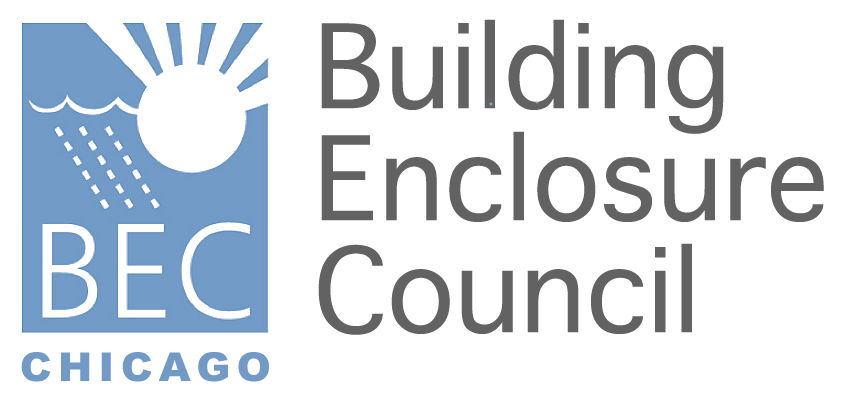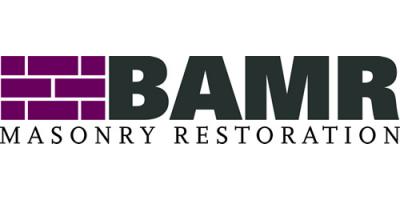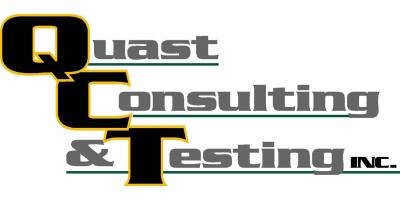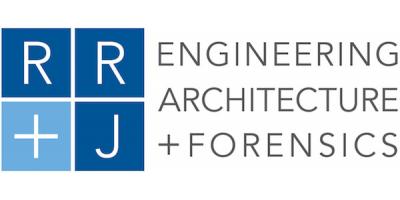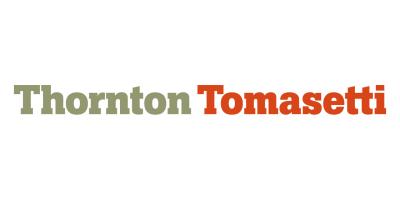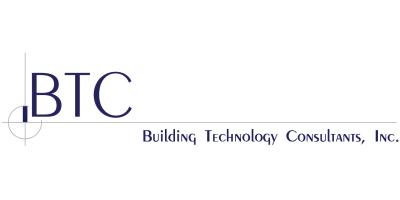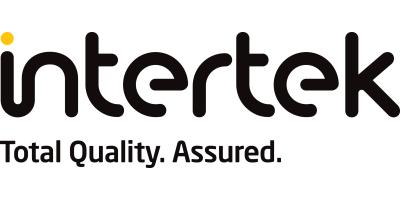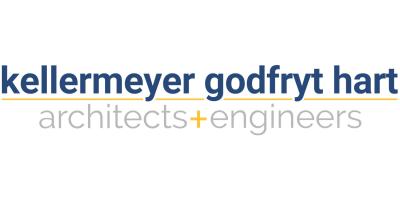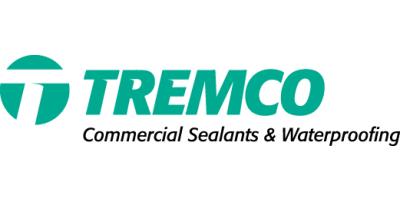| Location | 225 North Michigan, Suite 1100, Chicago (Cannon Design) |
AIA CREDIT: Yes
ABSTRACT:
Balconies are a desired feature for residential projects. They provide multisensory connections to the environment that floor to ceiling glass cannot. From the client perspective units with direct connect to the outside command higher rents or sale prices. An inset balcony provides privacy that a projected slab balcony does not. Inset balconies increase the level of risk to the project as occupied spaces are on two or three sides of the balcony. The Quality Support Team at Power will be sharing their experiences with the construction of inset balconies and the challenges that they present.
LEARNING OBJECTIVES:
- How to clearly identify and detail the various interfacing systems
- What actions to take to mitigate the project risks that inset balconies present
- As the number of cladding systems involved in an area goes up so does the potential for problems
- How to plan for potential conflicting test standards for the materials involved.
PRESENTER BIOS:
Steve Black, Quality Support Manager of Power Construction, is a professional constructor with 25 years of experience in the commercial and industrial construction industries. A LEED BD&C accredited professional, he has spent the majority of his career traveling around the upper Midwest and east coast building high performing buildings in the healthcare and data center markets with McCarthy Building Companies, Inc. For the last four years he has served as Power Construction’s other Quality Support Manager. His focus is on enclosure and he also shares his twenty years of field experience in mechanical and electrical systems with the project teams to ensure that the building performs as designed.
Rob Falconer, Quality Support Manager of Power Construction, is a licensed Illinois Architect with 20 years experience in the design industry and 18 years in construction. Rob has spent most of his career detailing and reviewing the building envelope as a technical Architect for SOM, Murphy/Jahn, Krueck and Sexton and VOA. He worked for Walsh Construction and the last 13 years with Power Construction as Quality Support Manager. As QSM for Power he reviews the design documents with attention to issues of constructability, compatibility and sequence of work. Rob works with the project Architects and Power project team to identify potential detail concerns and resolve these issues early in the process.
RSVP:
For BEC Chicago members, an RSVP invite will be sent out approximately 7 to 10 days in advance. For non-BEC Chicago members interested in attending, you may contact jdiqui@stocorp.com to request an invite. The invitation will include a link to an RSVP. Attendance will be limited to the first 60 that RSVP.
